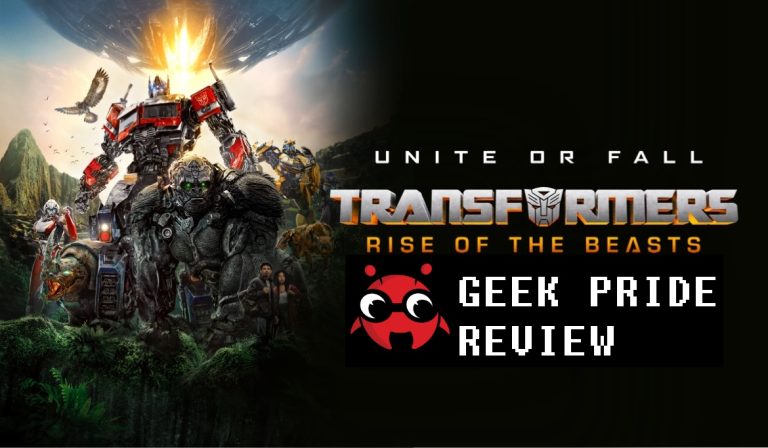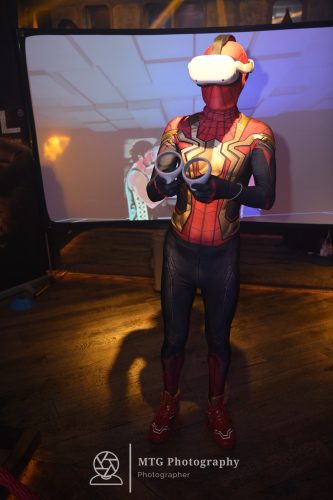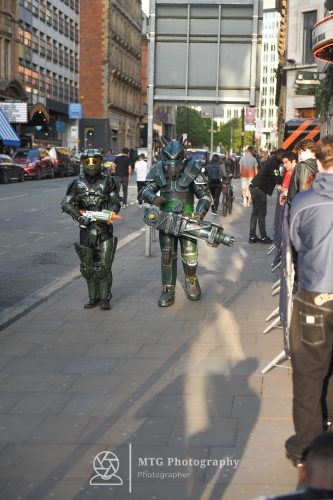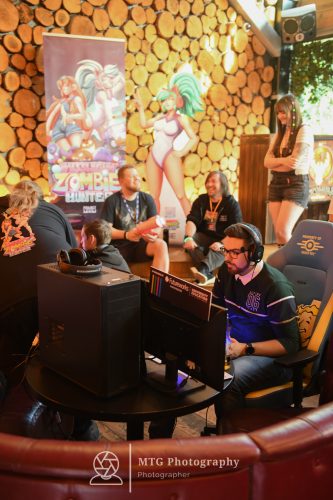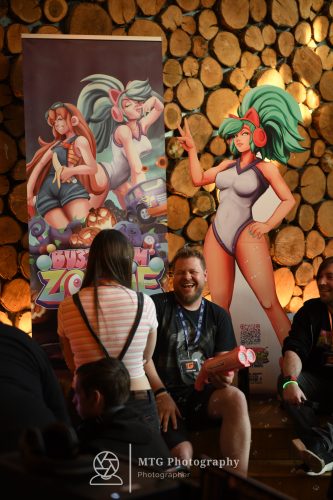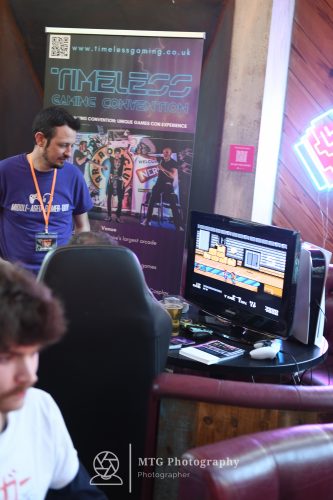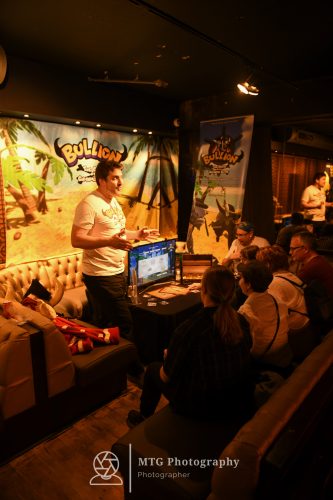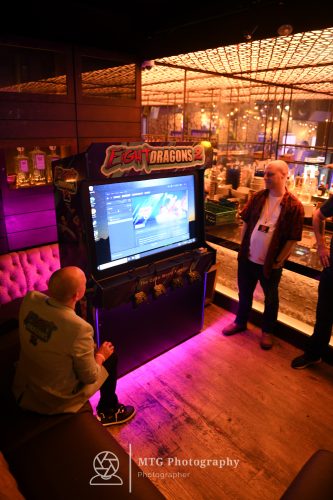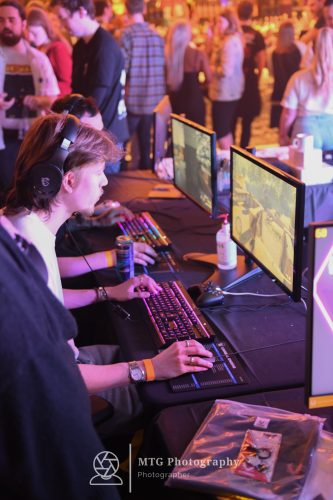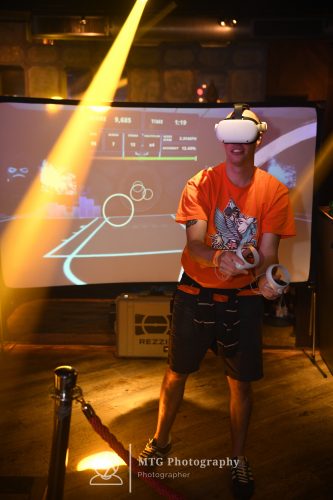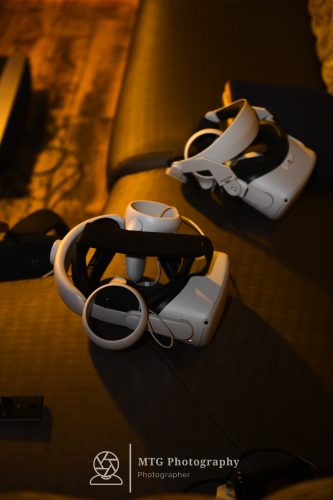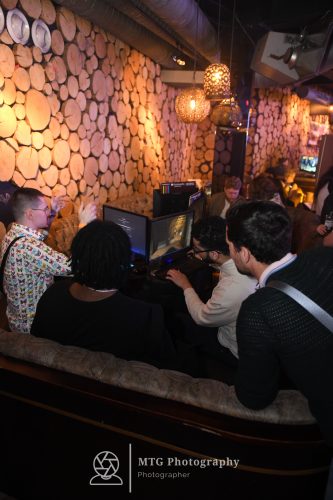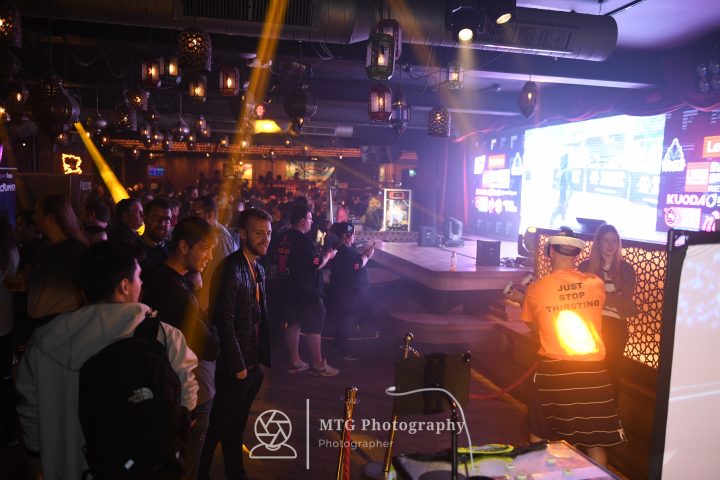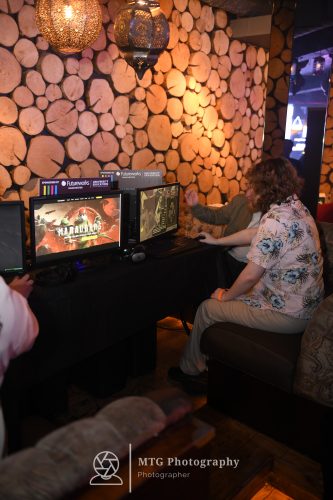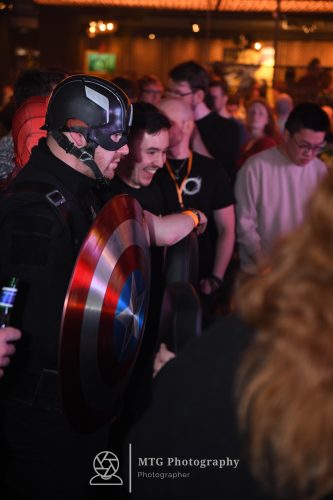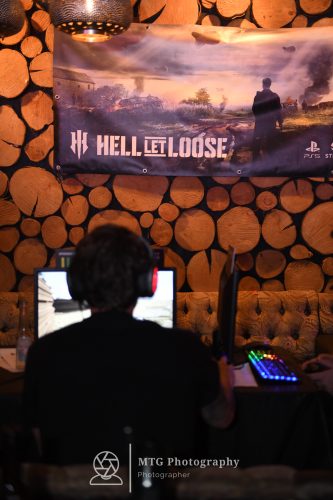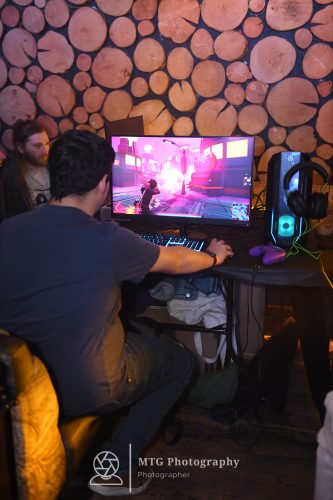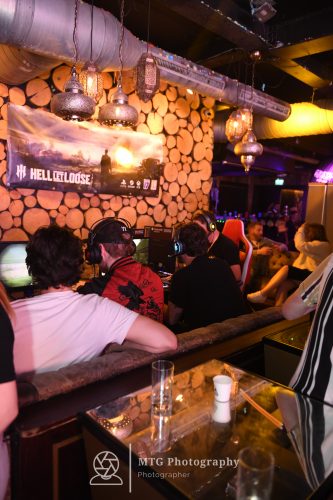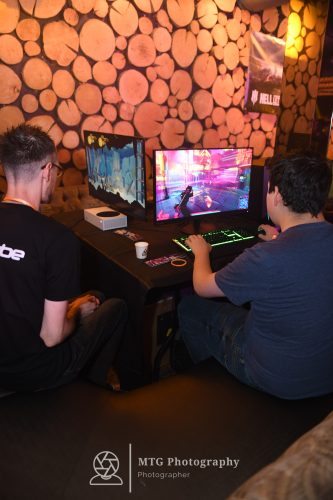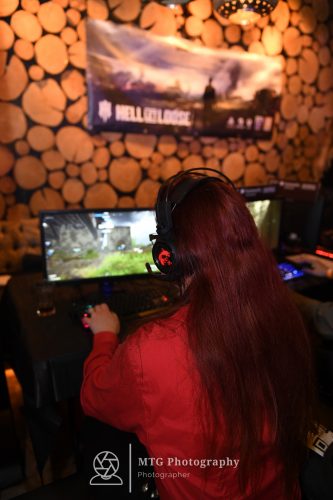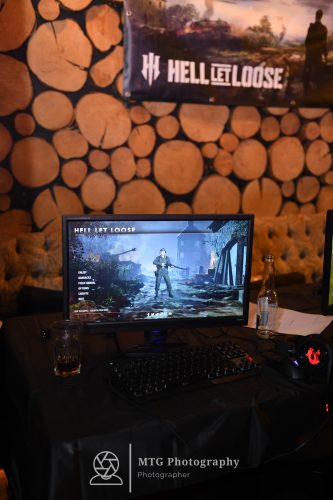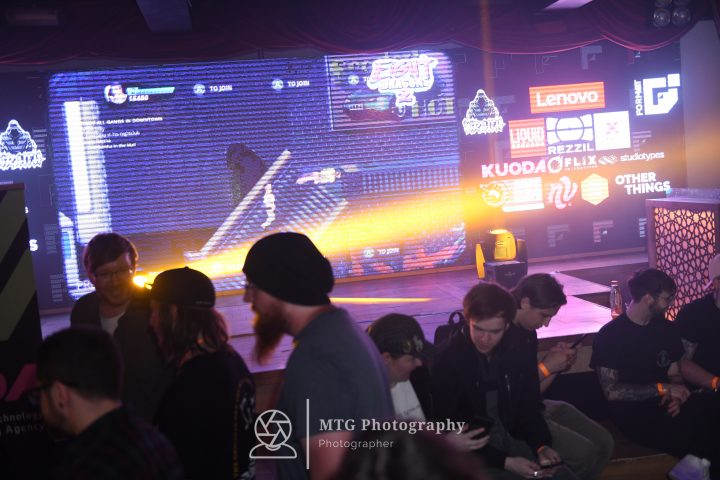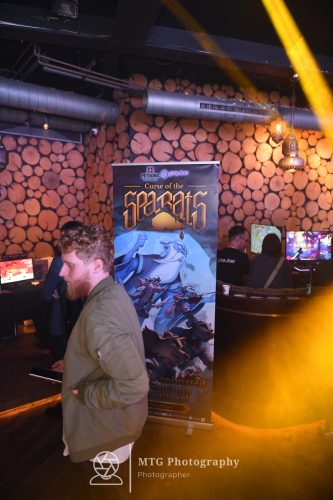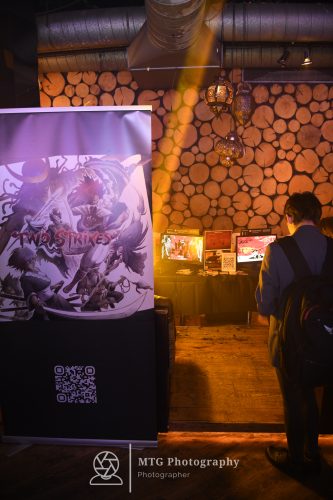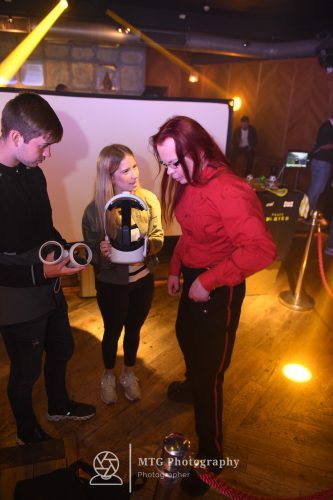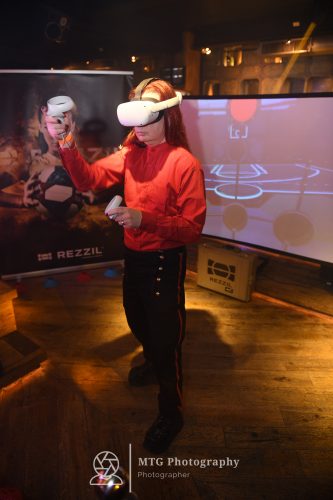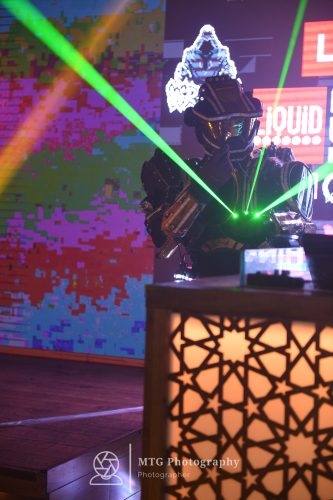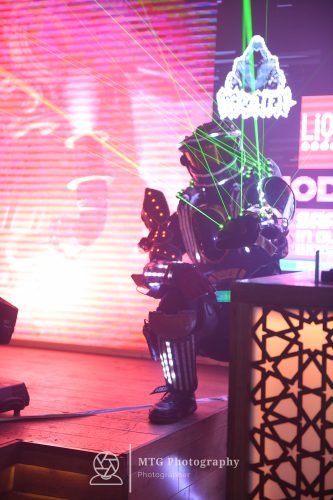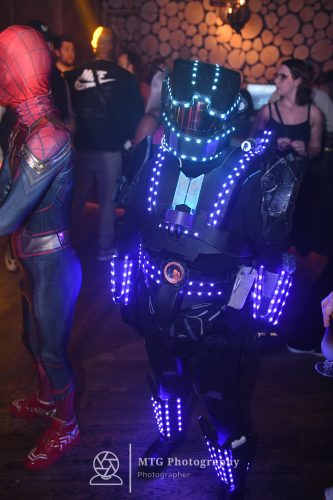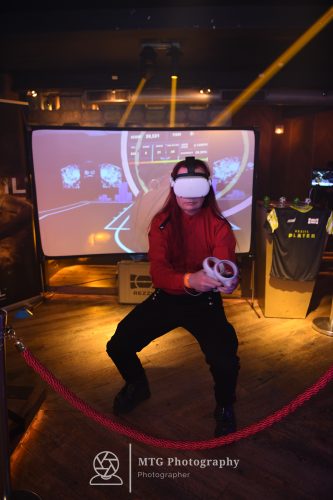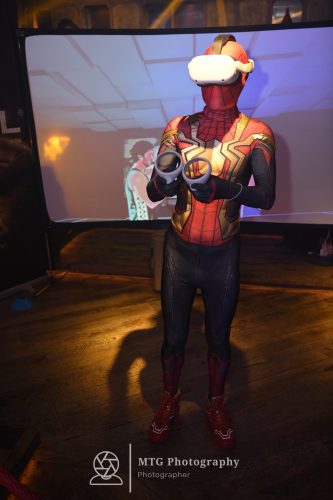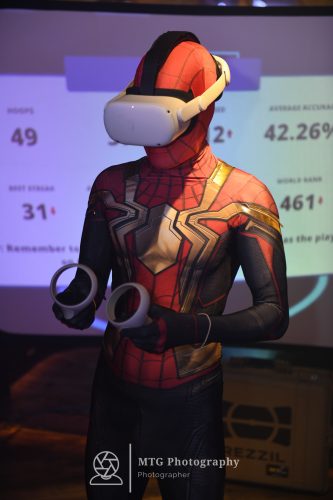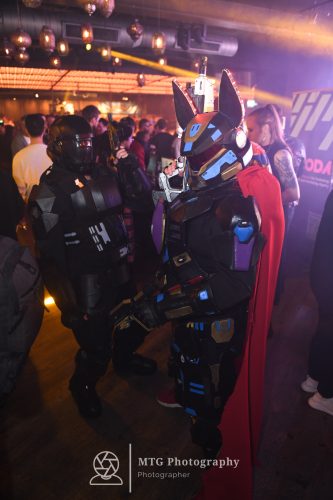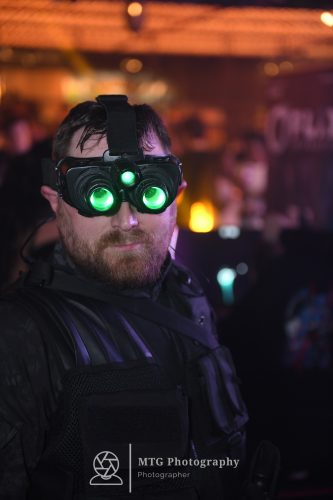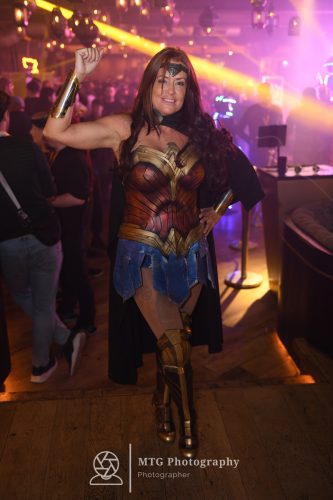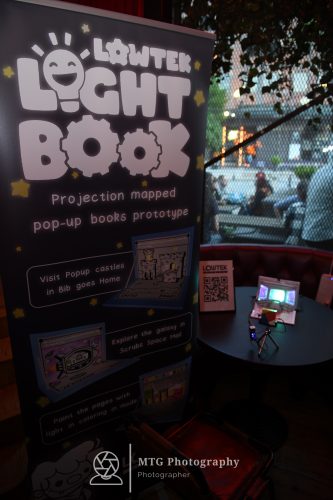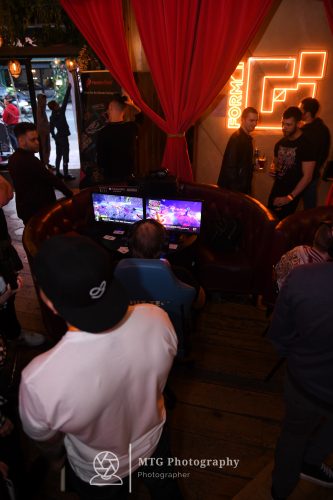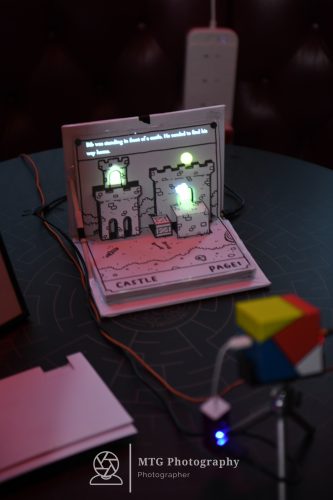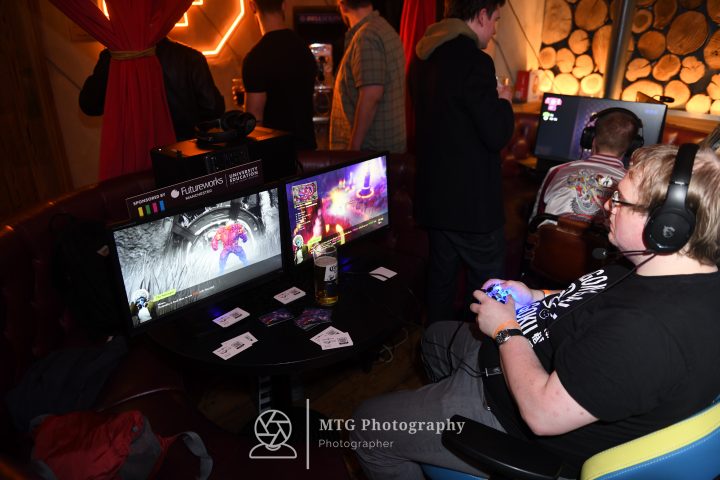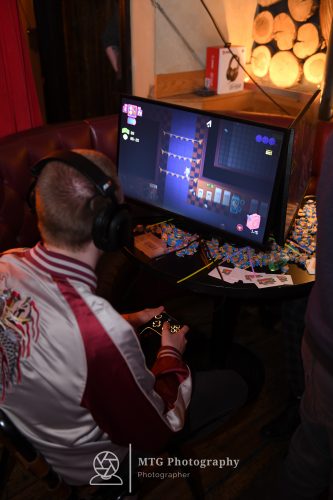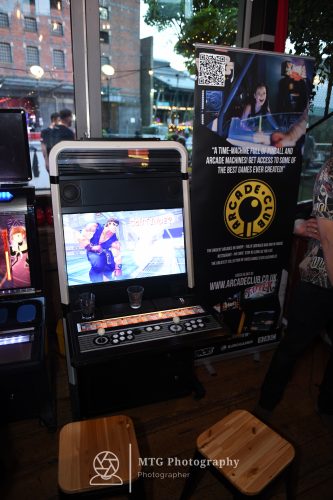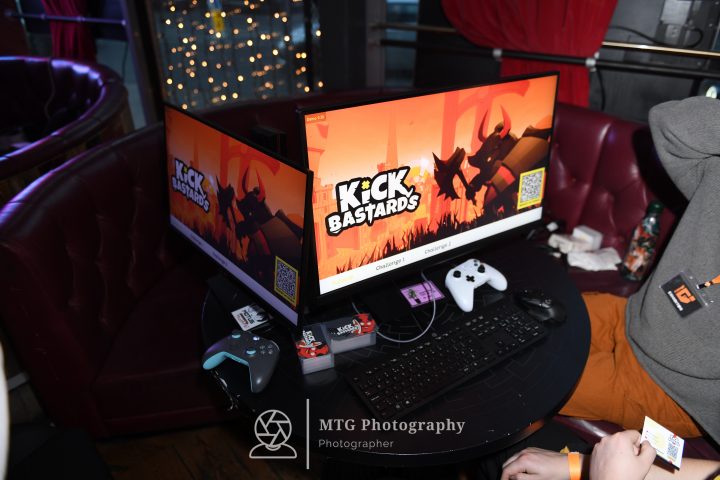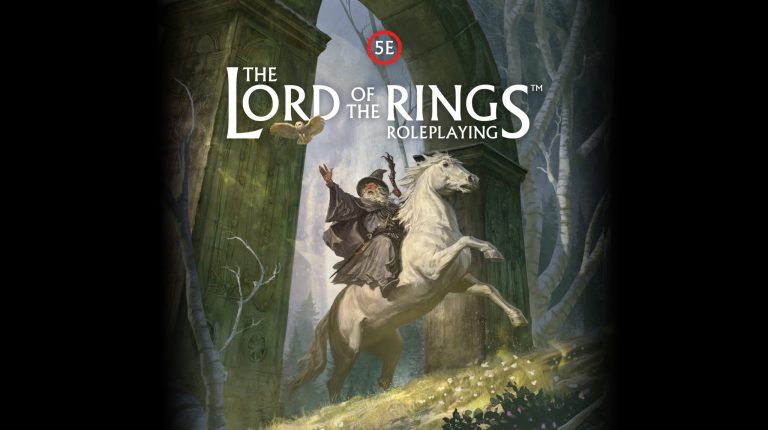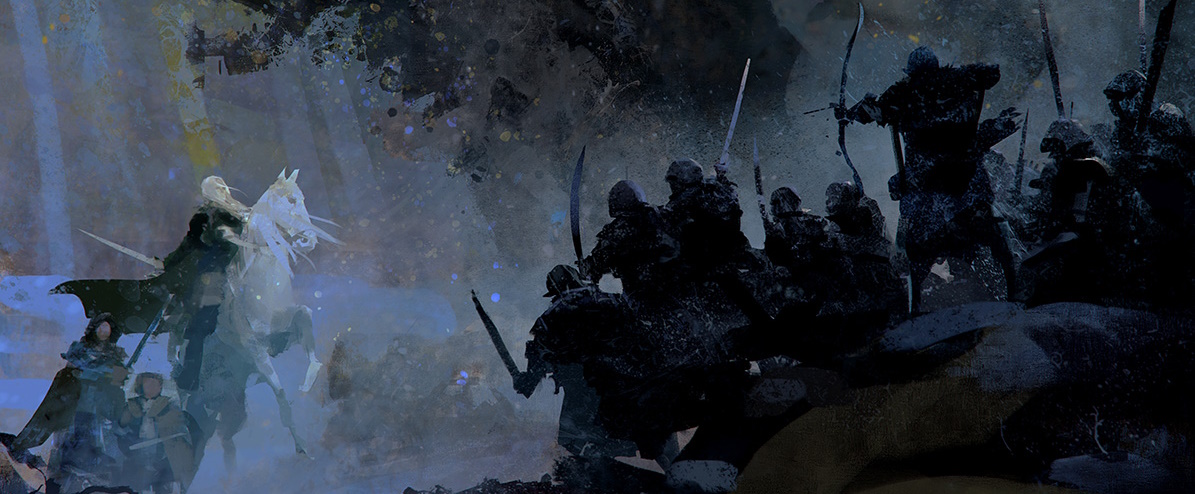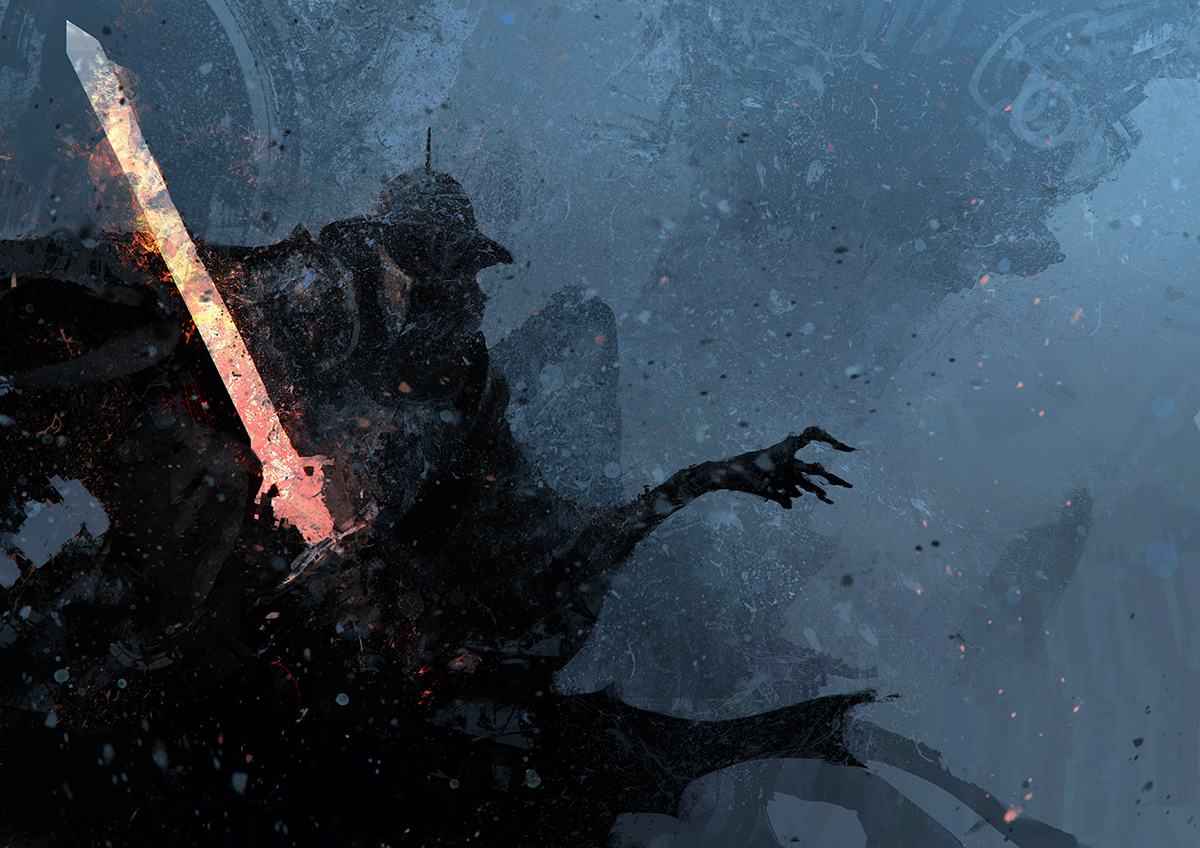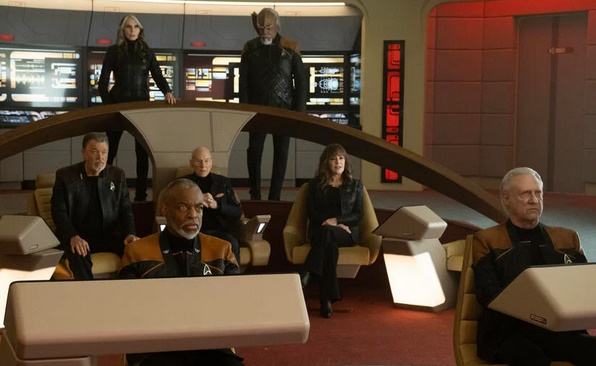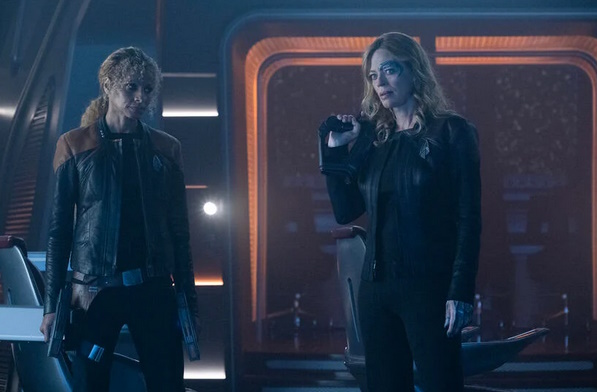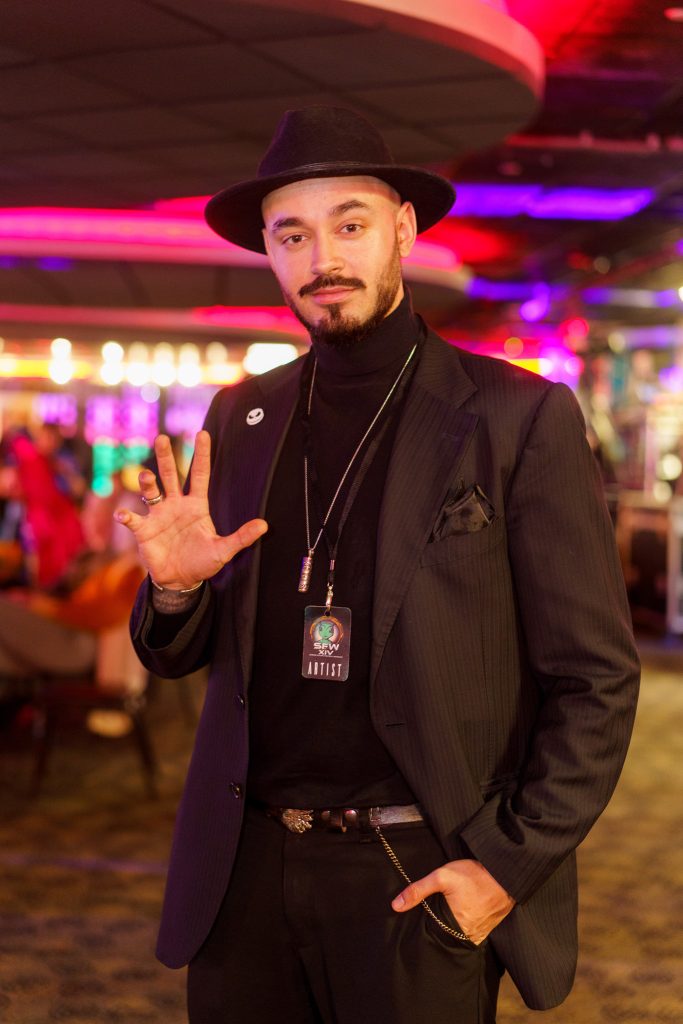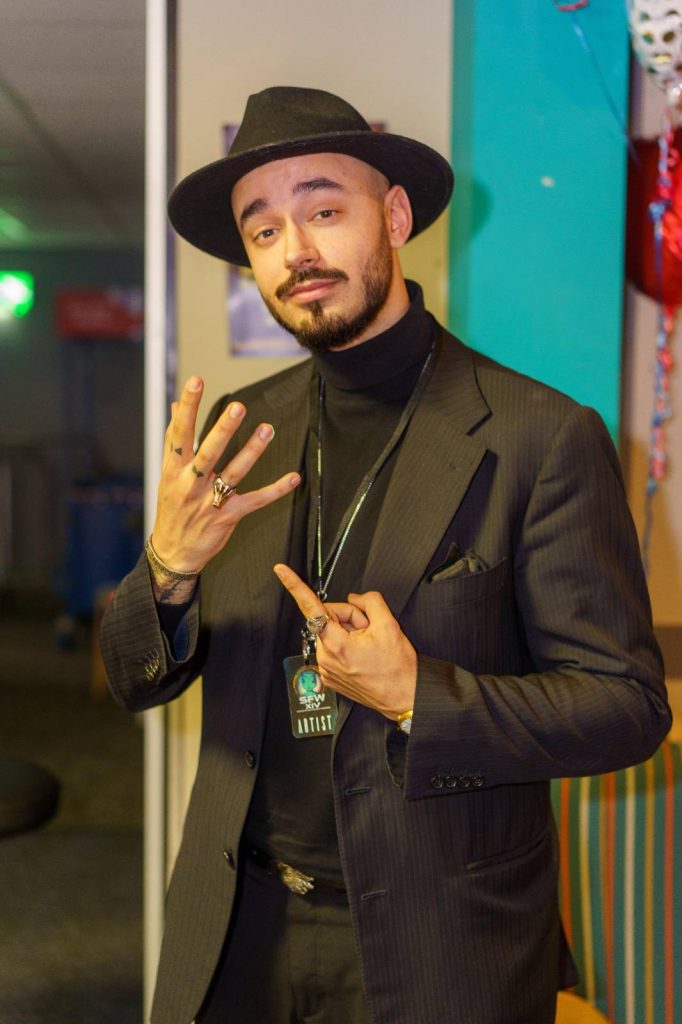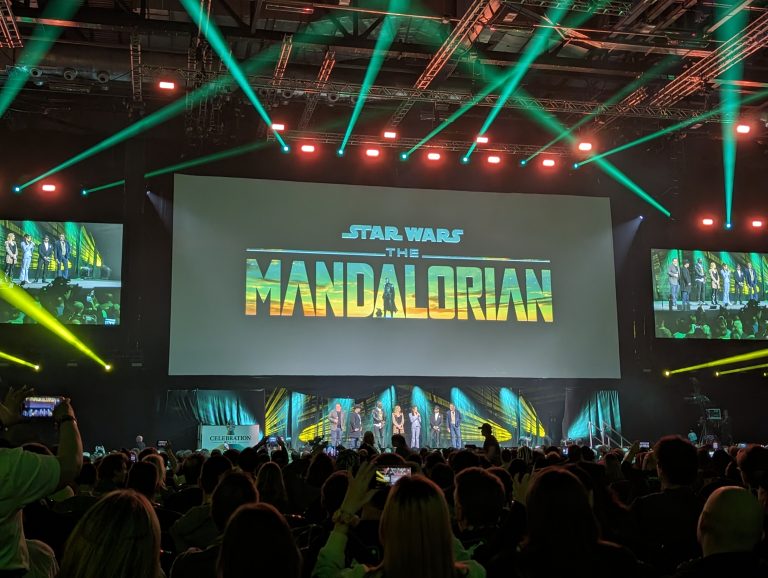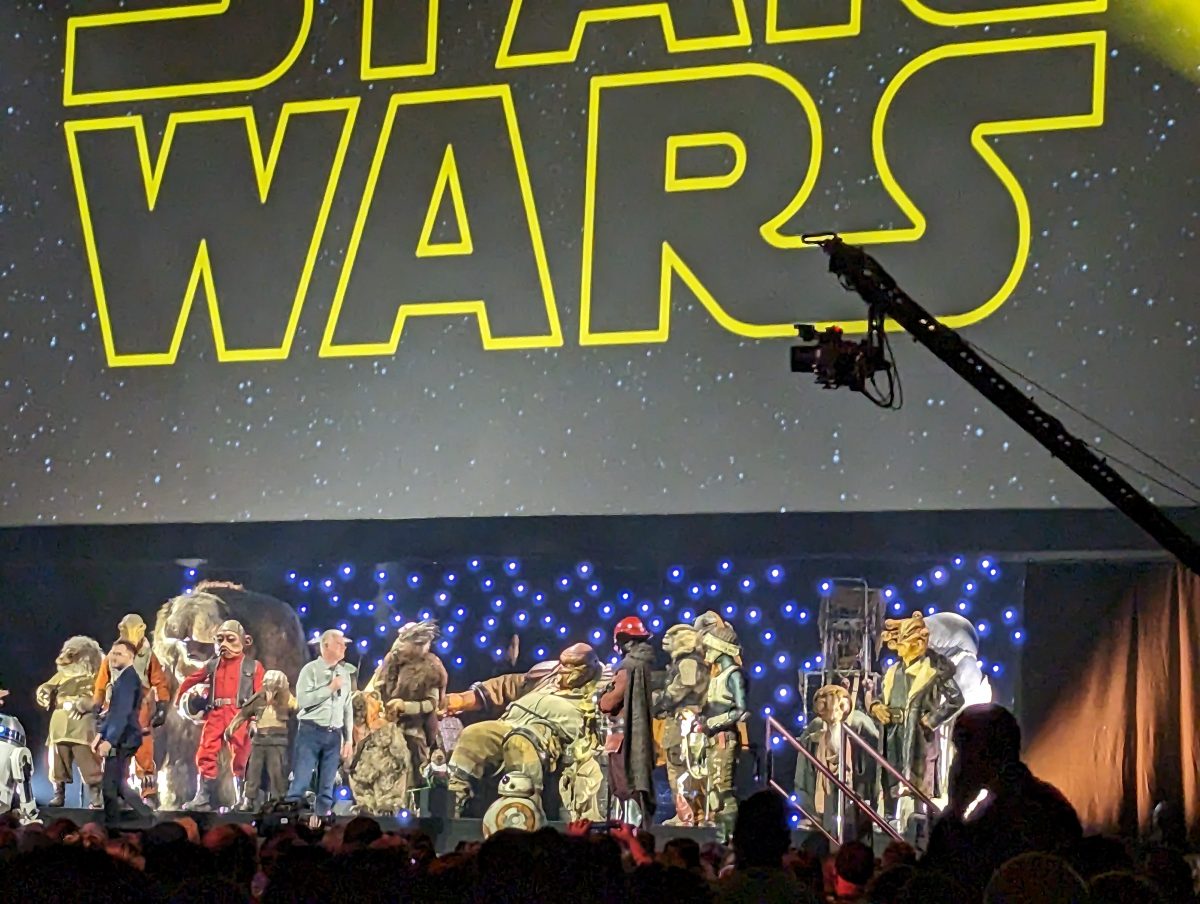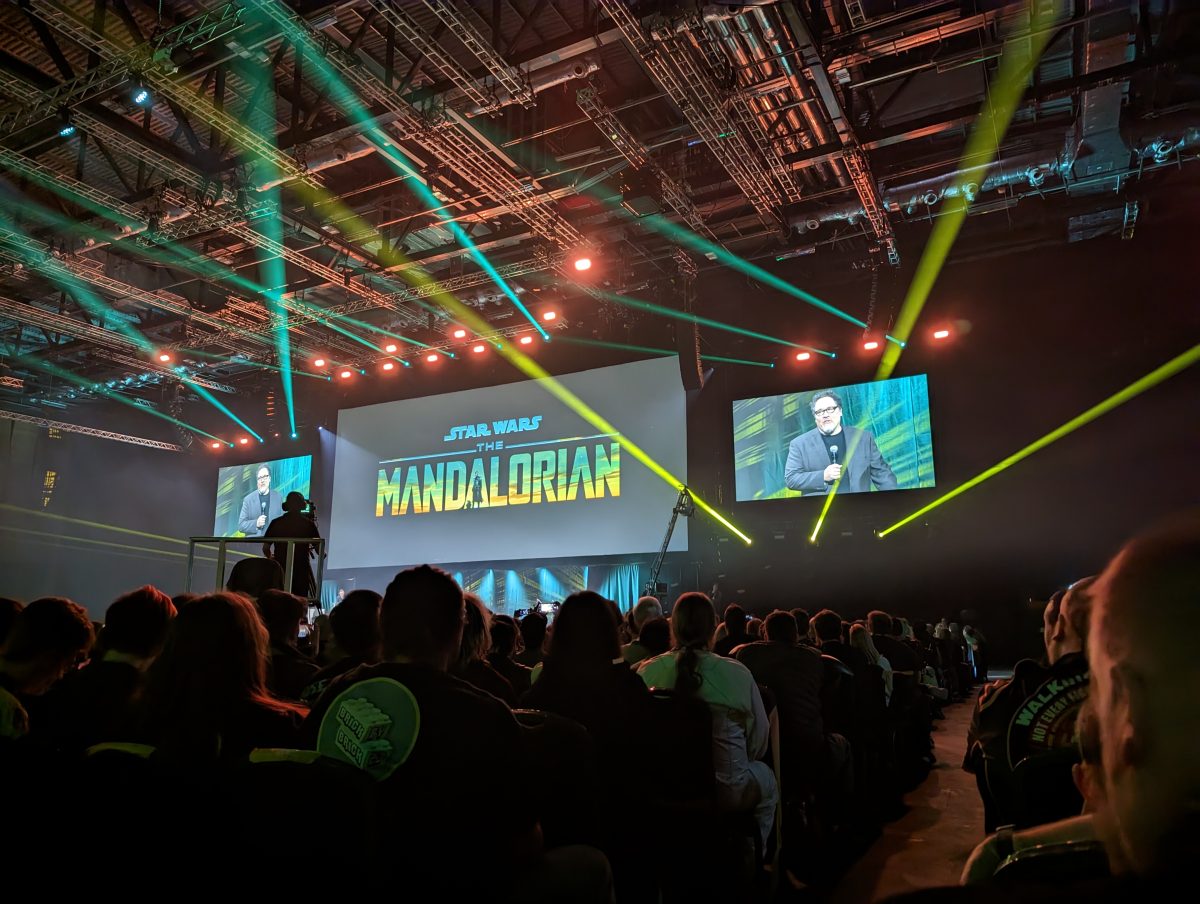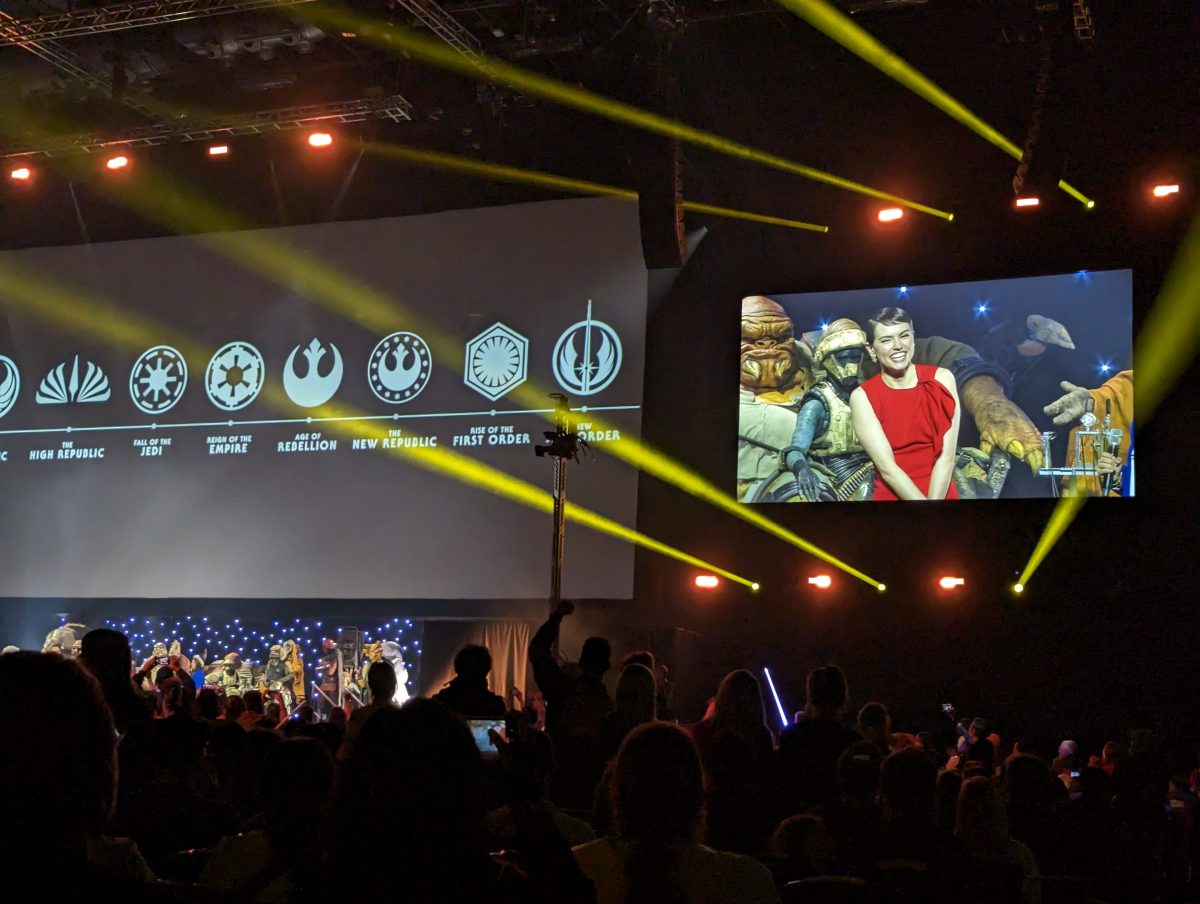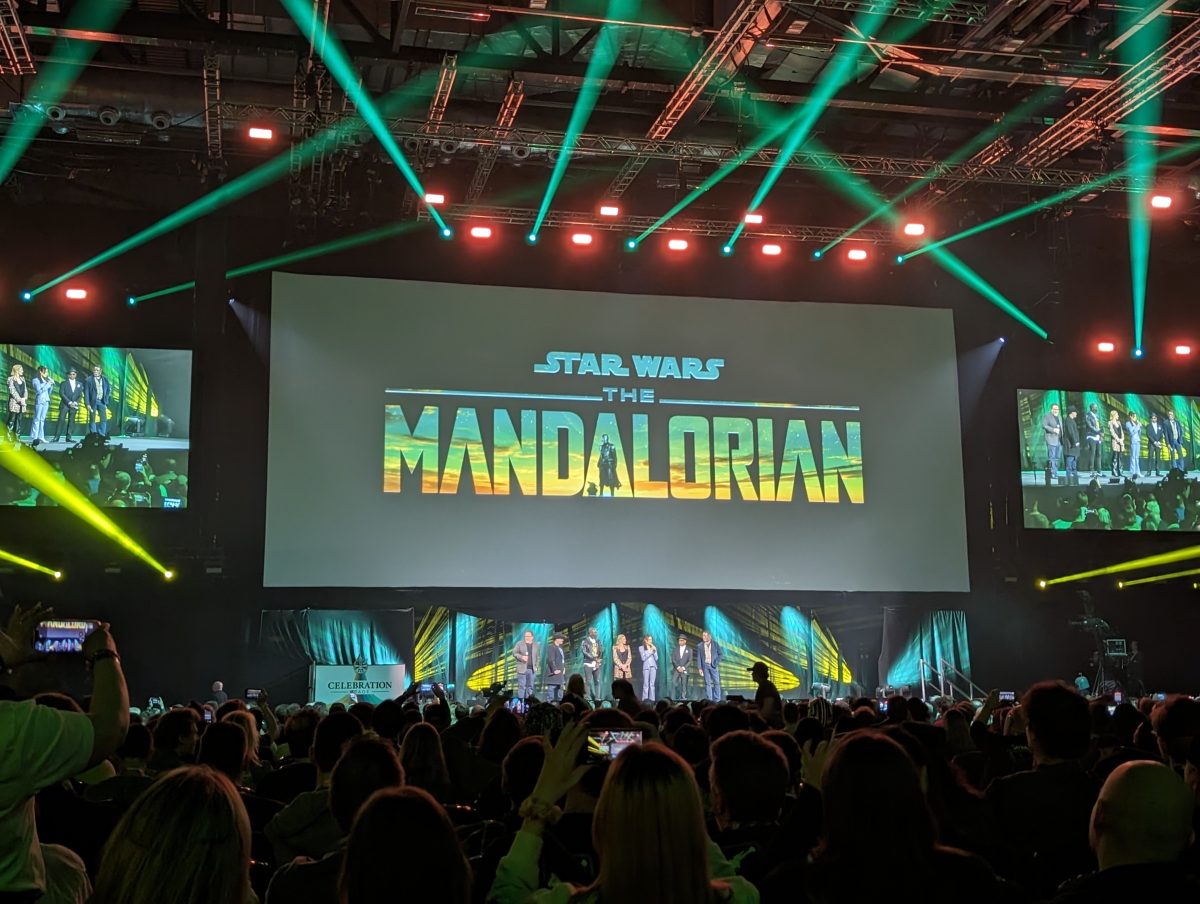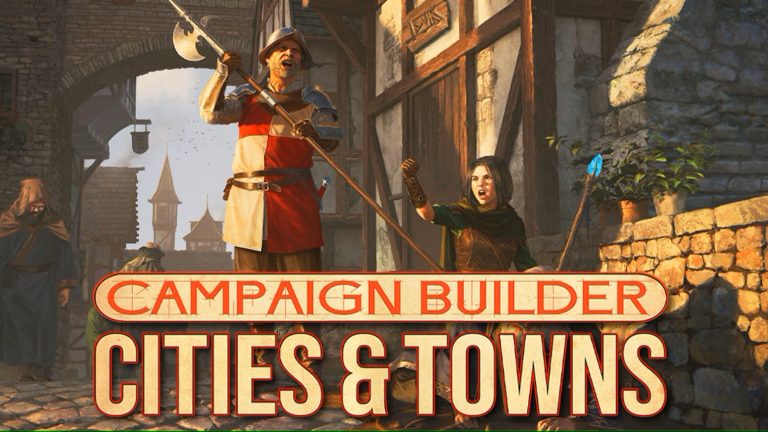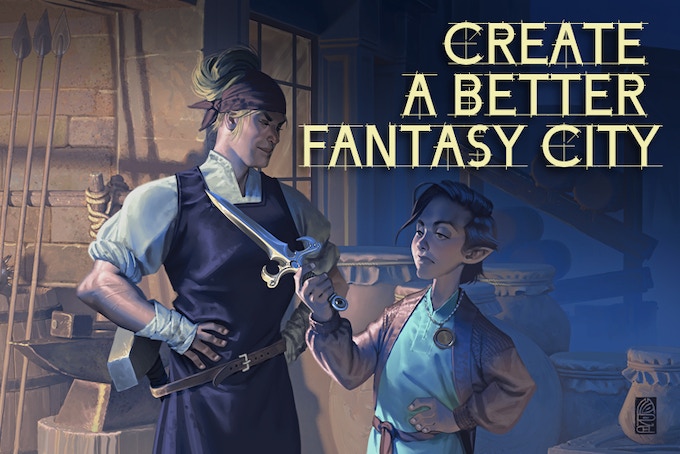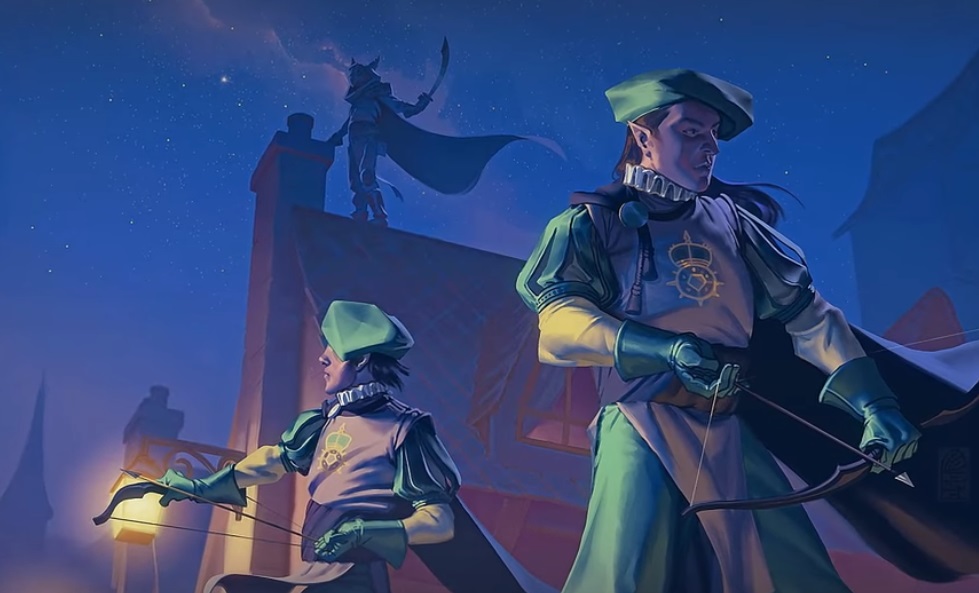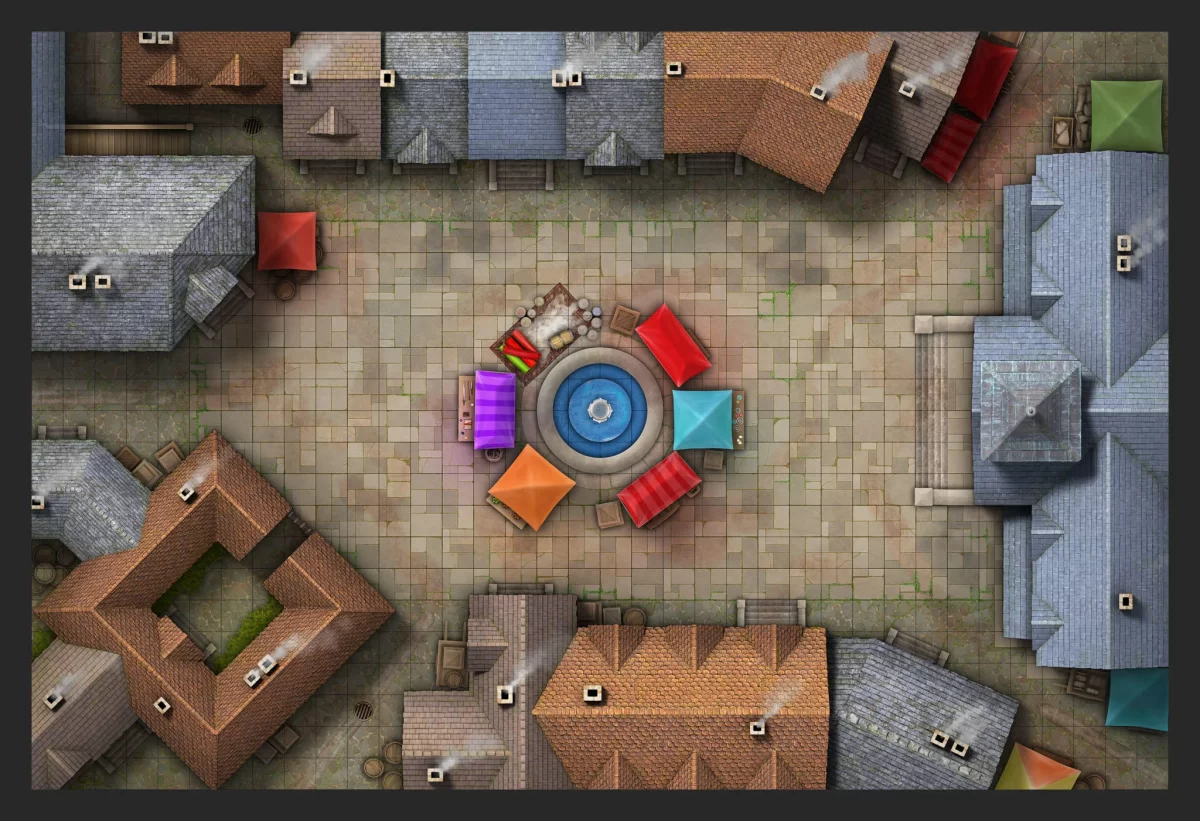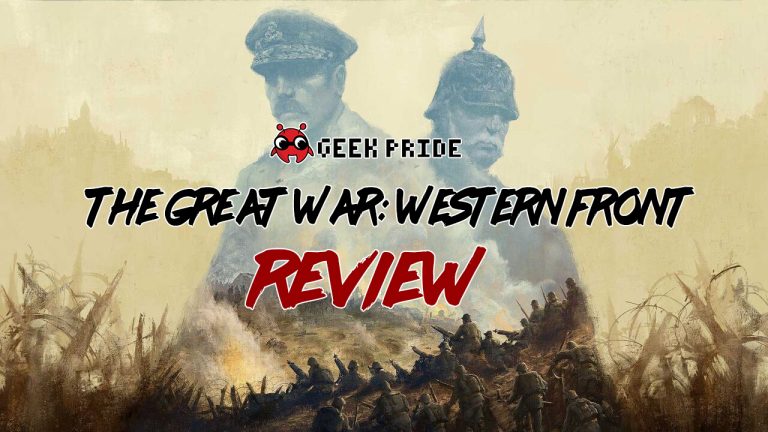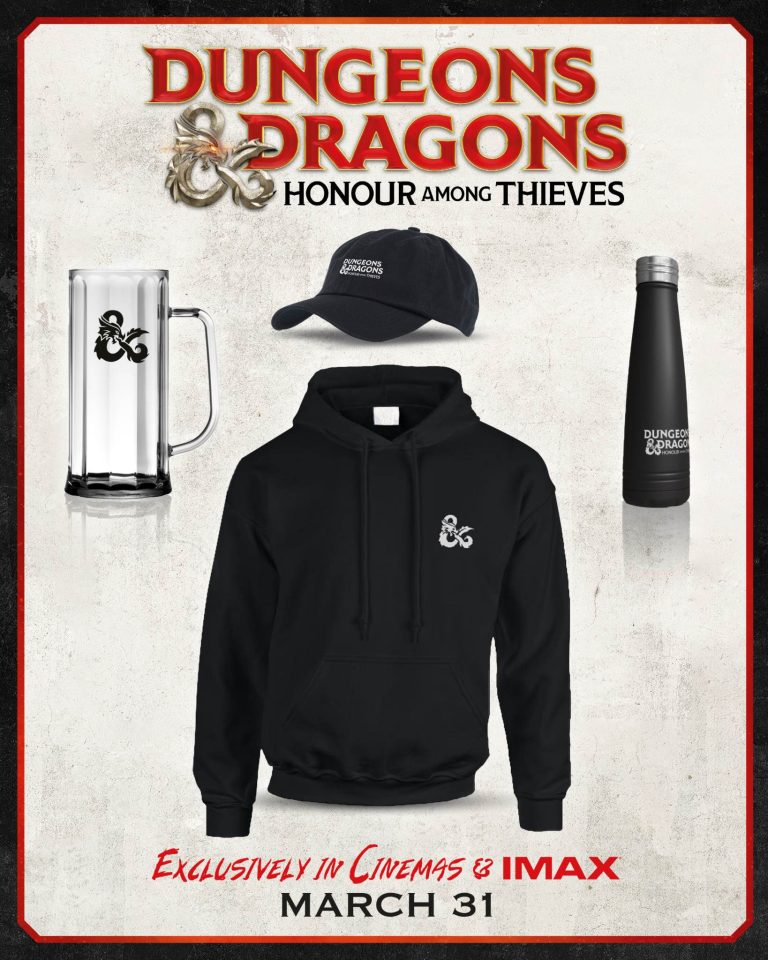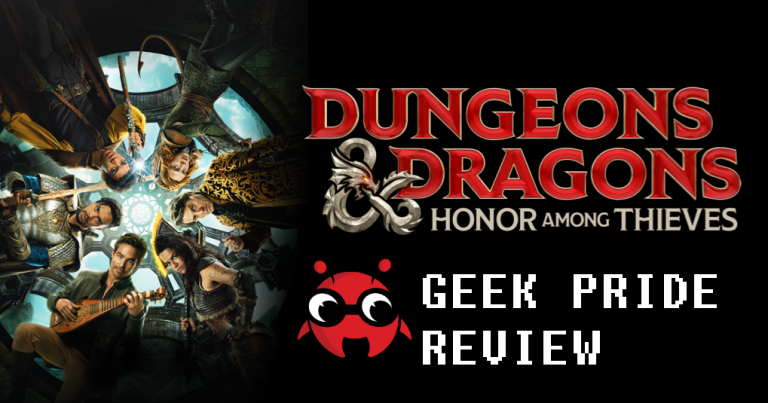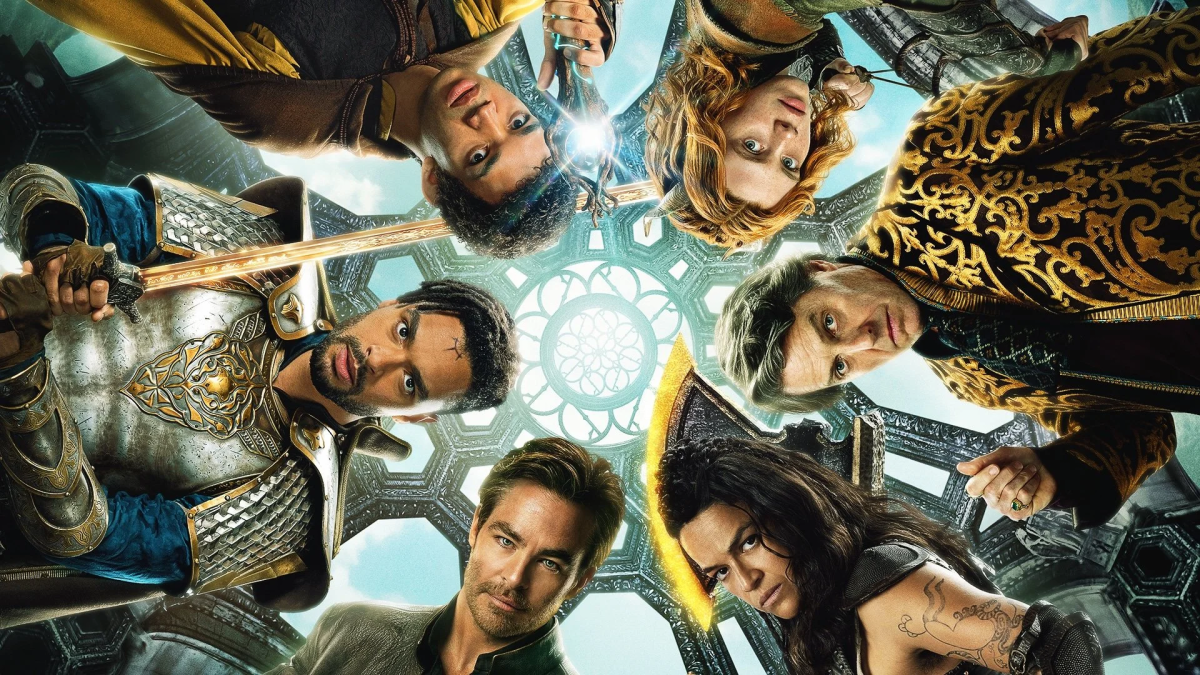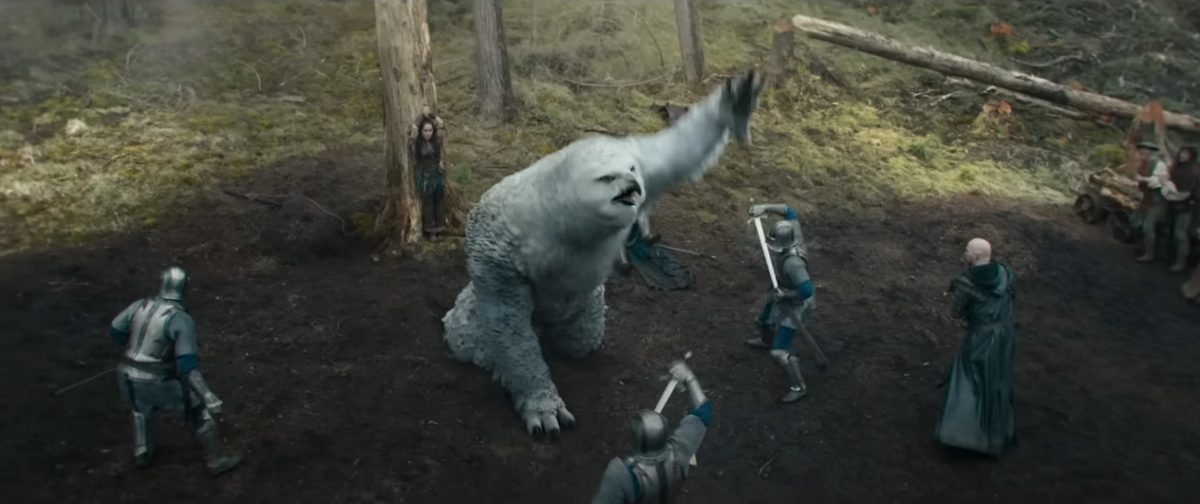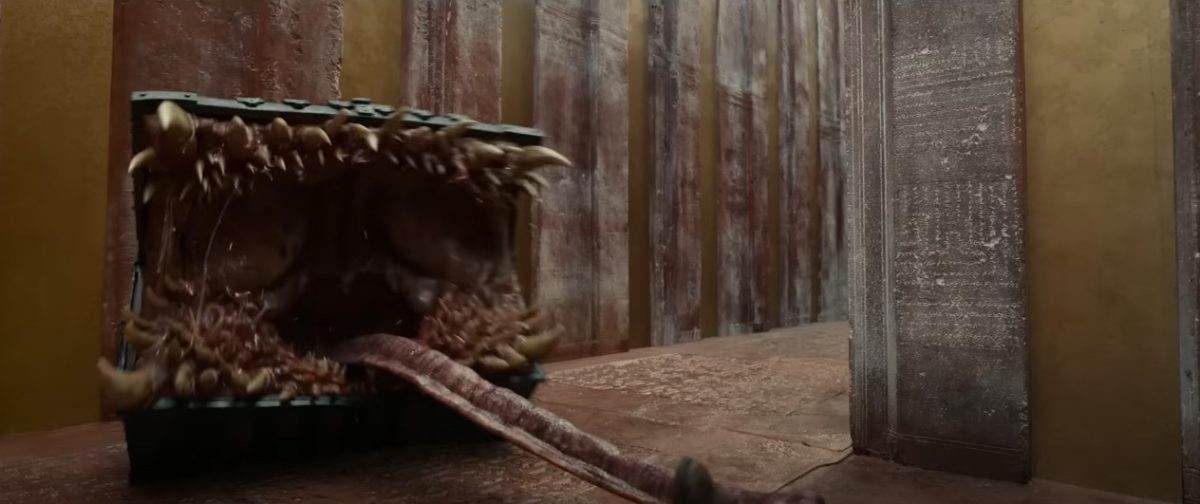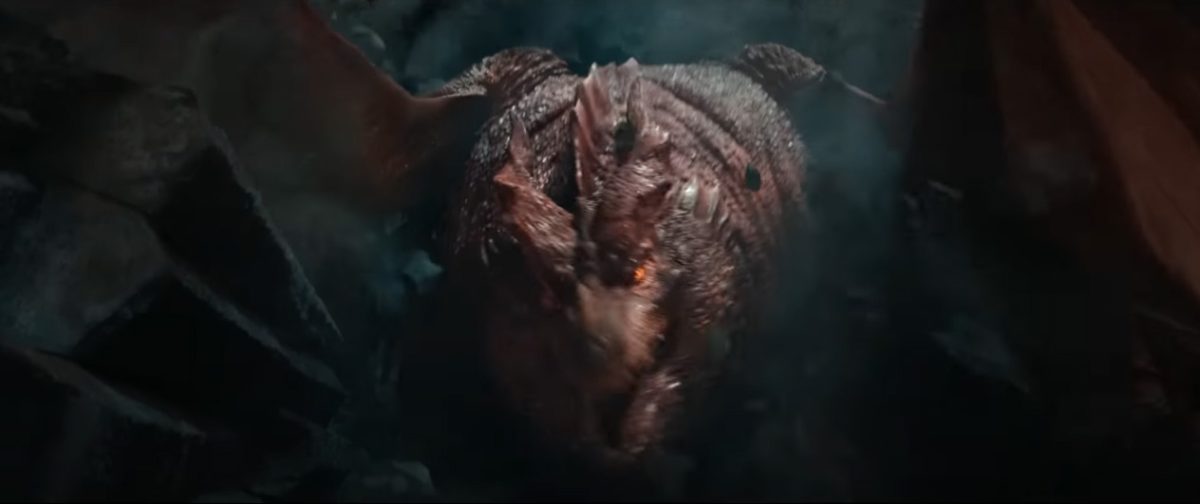**SPOILER WARNING**
“Calling all Autobots, Calling all Autobots, Roll Out!”
With that, I heed the call of the last prime! Following the critical and commercial success of Bumblebee, a sequel was always going to be on the cards. Thus in early 2019 a sequel was greenlit but thanks to the audacity of a global pandemic filming didn’t start till 2021.
Helmed by director Stephen Caple Jnr (Creed 2) Transformers: Rise of the Beasts would cast Anthony Ramos as lead human #1 Noah Diaz, an ex-military electronics expert and Dominique Fishback as Elena, Museum intern with a vast knowledge of ancient history and their artifacts.
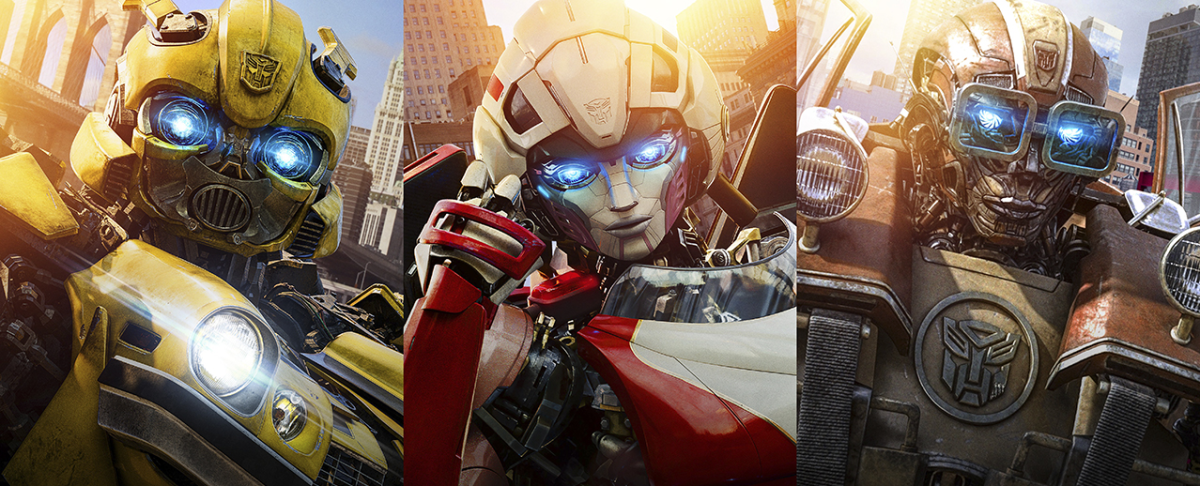
Now no live-action Transformers film would be complete without a stellar voice cast to bring our favourite Autobots to life. Leading the way, Peter Cullen returns as Optimus Prime, Pete Davidson as Mirage, Liza Kosy as Arcee, and Cristo Fernández as Wheeljack. Bumblebee making his return and is voiced by all the best hits and flicks of the Era. In this sequel, we get to introduce fan favourite characters from Beast Machines and Beast Wars The Maximals! Lead by Ron Perlman as Optimus Primal, Michelle Yeoh as Air Razor, Tongayi Chirisa as Cheetor, and David Sobolov as Rhinox
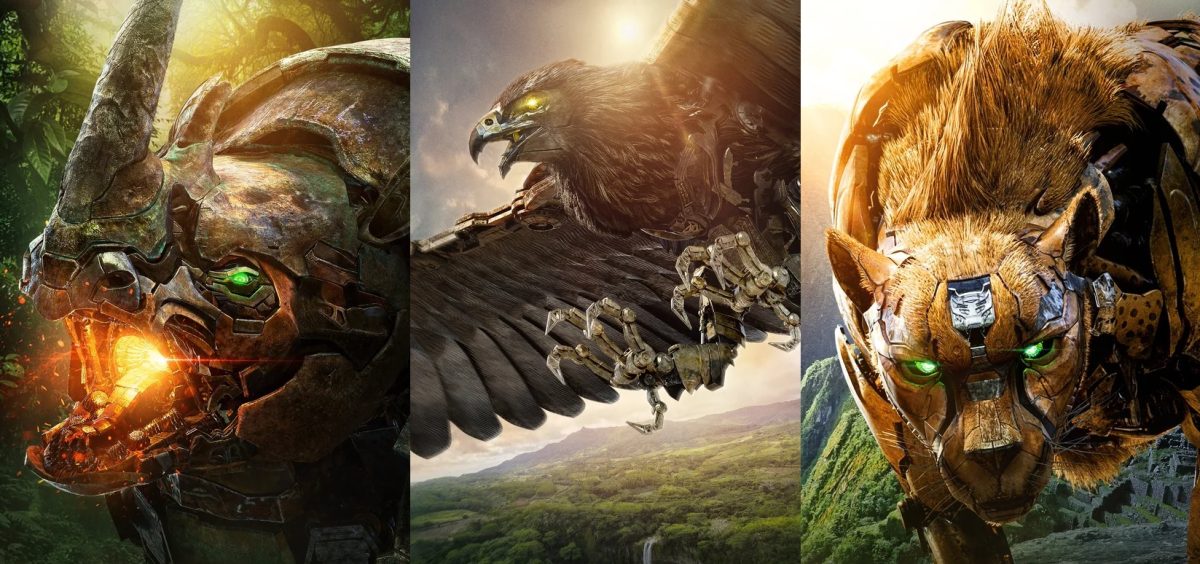
The Transformers franchise previously featured other fan favourites like the Dinobots in Age of Extinction, the new installment looks to continue branching out. This brings us to the “BIG” bad of this installment and when I say big I mean planetary!
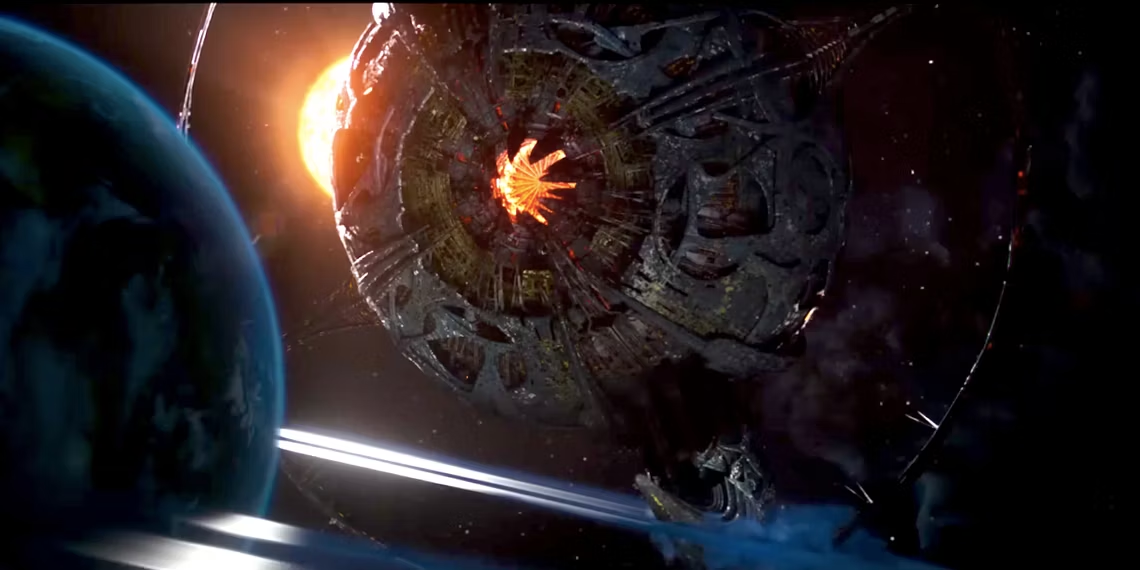
In the opening scene that echoed the animated movie of the 80s we are introduced to Unicron, we saw a glimpse(a very uninspired glimpse) in The Last knight but it would appear this outing has pulled out all the stops and gave us a Unicron that looks a spitting image of its animated counterpart. With the planetary behemoth comes underlings, enter the Terracons. Scourge voiced by Peter Dinklage, Nightbird voiced by Michaela Jaé Rodriguez and Battletrap voiced by David Sobolov.
Rise of the Beasts is filmed in New york and Peru while being set in 1994 and thank Primus we got a ’94 Soundtrack to go with it which made me feel both old and young at the same time. Featuring timeless classics from artists such as Notorious BIG, Wutang Clan, Public Enemy and LL Cool J (whos track “knock you out” makes a stellar entrance) The Cinematography and visually stunning locations in Peru, which included Machu Picchu, were amazing and gave both tranquillity and tense atmosphere to the film. The Maximals being at home in the jungle landscape while the Autobots feeling like a fish out of water.
Unicron being the biggest of the big bads meant we were only going to see him for brief but memorable moments and I knew we would never see him out of his planet form. Though from the way the film ended we’re in for so much more but I’ll get to that later.
The story was an easy-to-follow set up for what can only be a Hasbroverse in the making.
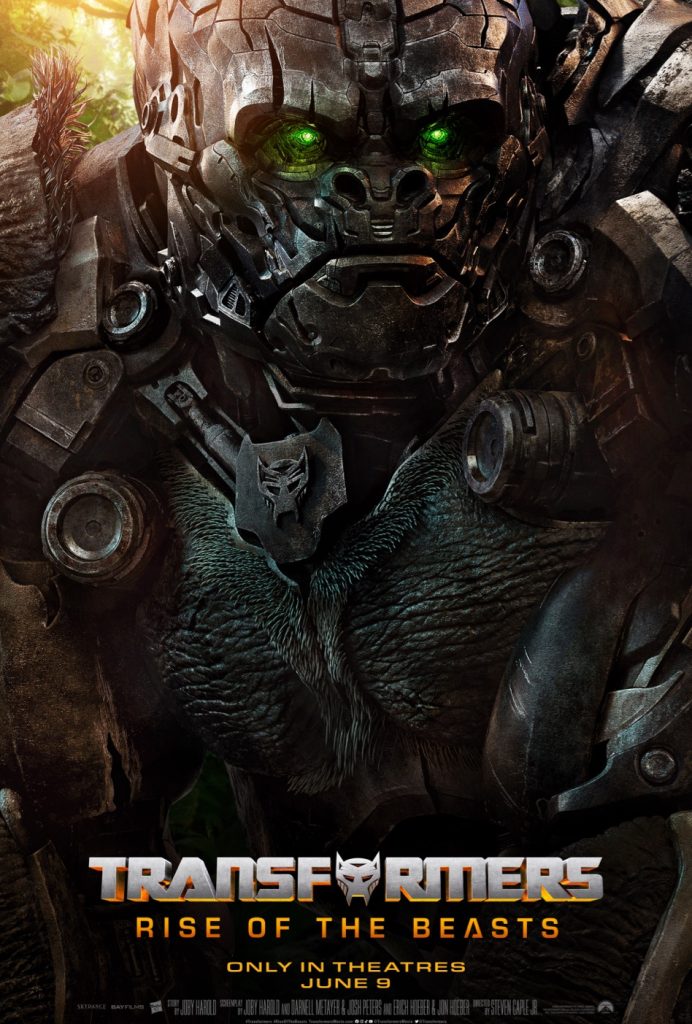
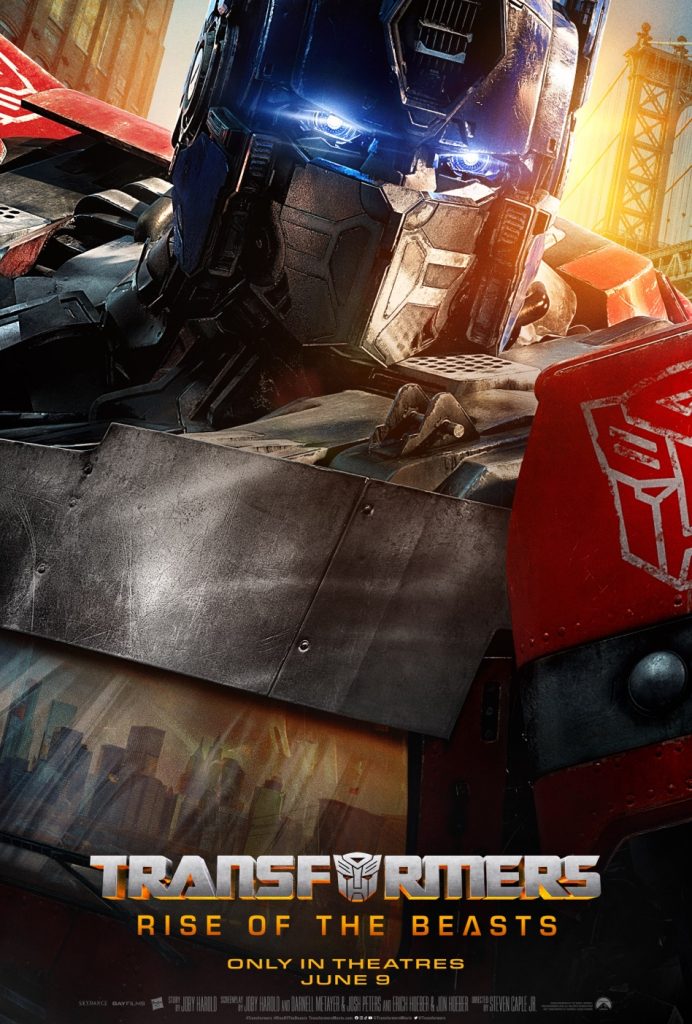
The homeworld of the Maximals comes under attack from Unicron. The Terrorcons, led by Scourge, seek to obtain for their master the Maximals’ greatest piece of technology, the Transwarp Key. The Maximals escape the planet before Unicron devours it. Under the command of Optimus Primal, the Maximals use the key to flee to Earth.
Noah supports his family, and is convinced by his friend Reek to steal a Porsche to sell, only to discover that the car is the Mirage. Concurrently, museum intern Elena studies an ancient statue of a falcon bearing the Maximal symbol, breaking it open to reveal half of the Transwarp key. The key releases an energy pulse that is detected by Optimus who then calls the other Autobots. Mirage is contacted in the middle of Noah’s attempted theft, and Noah winds up being roped into the robots’ mission to recover the key so they can use it to return to their homeworld, Cybertron.

Drawn by the key’s signature, the Terrorcons arrive on Earth, and Elena is caught up in the conflict when the villains attack the Autobots outside the museum. Scourge kills Bumblebee and steals the key half, before Airazor arrives and drives him off. Airazor explains to the Autobots that the Maximals have been hiding on Earth for thousands of years, and split the Transwarp Key in two to keep it out of Unicron’s hands. Basically a giant game of “Keep away”.
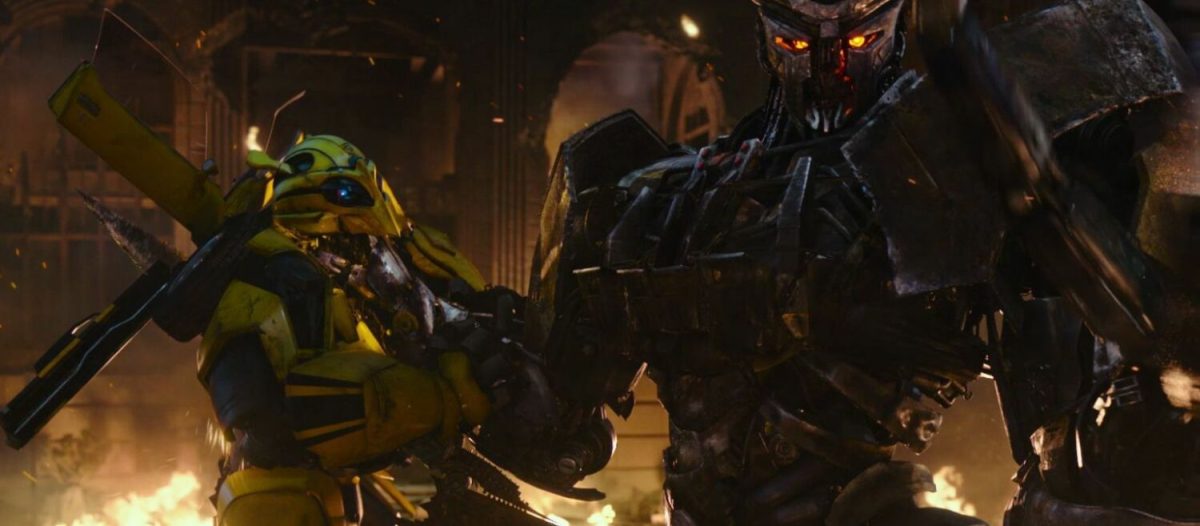
In Peru, they meet up with Wheeljack and get introduced to Optimus Primal and the other Maximals, who explain that they moved the second half of the key. Scourge corrupts Airazor and Primal is forced to kill her to save Elena.
In the scuffle, Noah goes to destroy the other half of the key, only for it to be stolen by Scourge, who then reassembles the two halves atop a volcano, opening a portal through which Unicron will soon arrive.
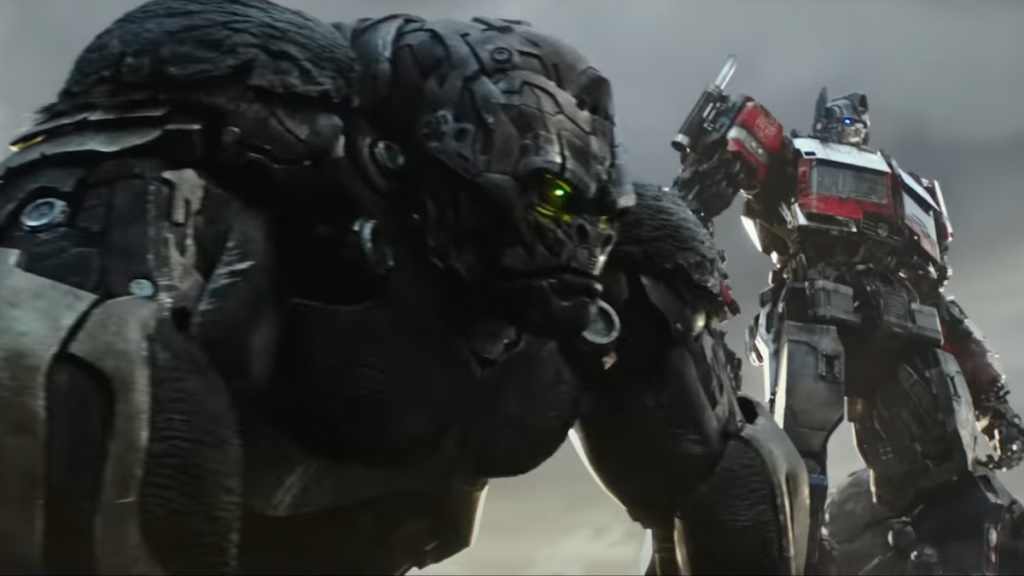
Now if all this wasn’t enough, the battle ontop of the volcano was everything I wanted. I got to hear both Prime and Primal say iconic lines from the animated franchise “Autobots, Roll Out!” and “Maximals MAXIMISE!” to which goosebumps did appear. We also got to see a version of The Cybertronian Exo-Suit but not before Bumblebee made his triumphant Airdrop return accompanied by LL Cool Js “Mama said knock you out” to which when the scene happened the whole screen erupted in cheer and applause!
**MAJOR SPOILER AHEAD**
In the aftermath of the conflict, Elena receives recognition for discovering the temple in Peru, while Noah attends an interview for a security job, but finds he is actually being invited to join the secret government organization. Whats that Organization you ask?
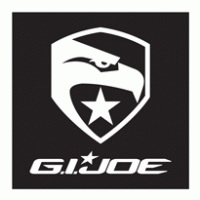
Stick around cause there is a mid-credit scene.
This film was great, and I had such a good time with it. I walked in a little apprehensive as Michael Bay was still attached as producer and his past excursions into the Hasbro title have been less than impressive. Ron Perlman as Primal was a brilliant bit of casting and he brought such heart and strength to the character which beautifully contrasted Cullens’s commanding voice of Optimus Prime. Pete Davidson as Mirage was the scene stealer, funny, caring, protective and also a little rebellious.
Rise of the Beasts held onto the G1 feel of Bumblebee and ran with it and I feel they’ve realised this isn’t a race but a cross country marathon to build something that could be Amazing. With the inclusion of G.I Joe into the universe they’re taking a page direct from the comic book series. This could imply we could see a universe that could include not only Transformers and G.I Joe but also M.A.S.K which made this big kid extremely happy. “Till all are one!”
Transformers Rise of the beasts is out now!


